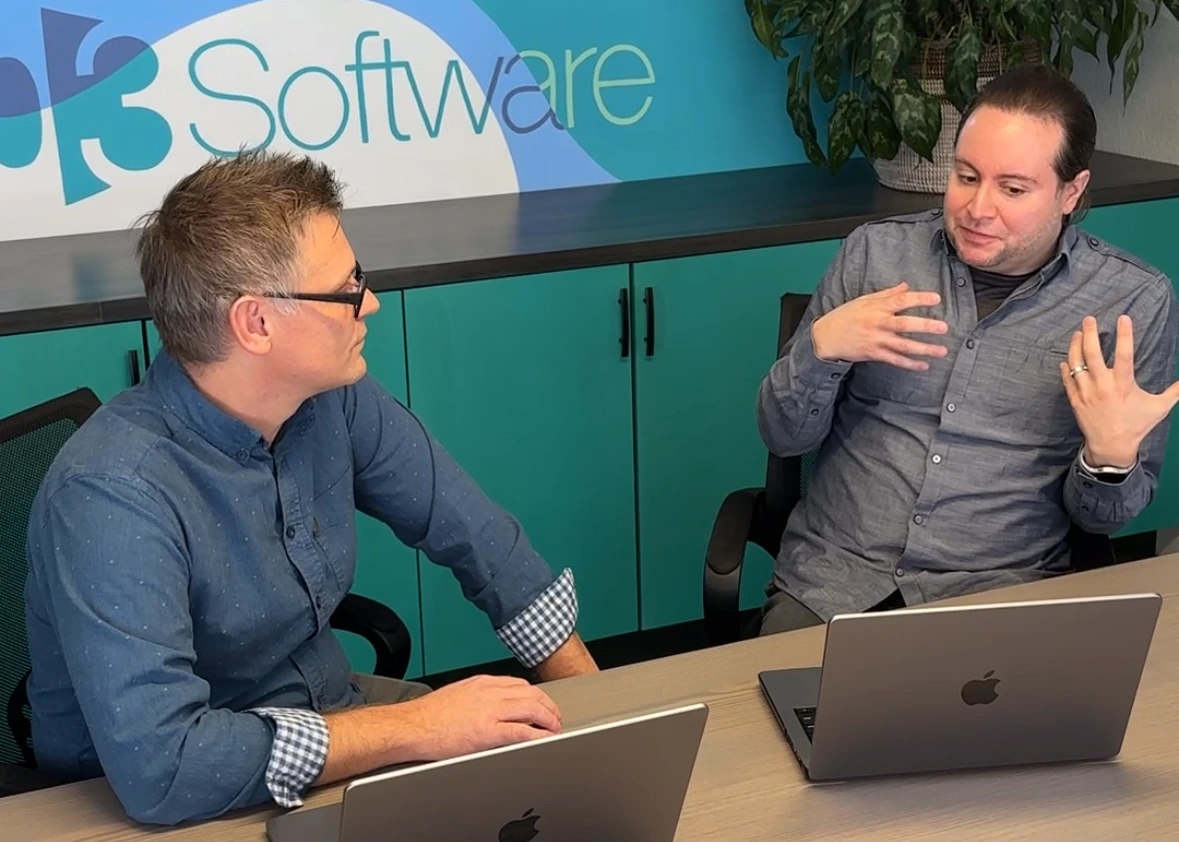How to Validate Your App Idea: A Guide for Startups and Businesses

TL;DR
Most ideas fail not because they can’t be built—but because there isn’t enough real demand. Before you invest in full-scale development, validate the problem, audience, and willingness to take action using lightweight experiments: talk to users, run quick demand tests, build the smallest lovable version, put it in real hands, and measure what matters. This approach saved one client from overbuilding and got them thousands of installs from a six-week native build.



Is Your Software Idea Worth It? Here’s How to Find Out
Are you ready to build your app?
Great software isn’t born from a hunch; it’s shaped by proof. One of the most cited reasons startups fail is “no market need.” CBInsights’ analysis of 100+ post-mortems found this was the top factor—appearing in 42% of cases. Validate demand first, then build.
Below is a simple, repeatable way to validate your idea without burning months or budget.
Step 1: Check the MarketHorizon
Great ideas are everywhere. The real challenge is finding one that is potentially worth the journey. Before coding, you should:
- Research competition and market size – most startups check the TAM, SAM, and SOM which helps gauge opportunity.
- Identify niche opportunities – Starting in a low- to medium-competition niche reduces advertising costs. Remember, up to 80% of app success costs come from marketing, not great features.
- Analyze competitors – If similar apps already exist, talk to their users. What problems are they facing? Which features do they love, and what’s missing?
This is where software consulting services or an app development company can provide guidance.
Step 2: Find the North StarWith Real Users
Once you’ve mapped the competition, it’s time to validate with real users. You’re looking for specific pains, frequency, current workarounds, and stakes. Five to ten short interviews with your ideal users beats a 30-question survey. Press for stories(“Tell me about the last time…”) and quantify what you can (time lost, dollars wasted, risk avoided). Summarize patterns and write a crisp problem statement you can test. The most cost-effective ways to gather potential user data is through:
- Surveys & interviews – Collect qualitative and quantitative data.
- Mockups & A/B testing – Use Figma, Canva, or AI design tools to test different UI/UX flows.
- Build a waitlist or community – Gauge real interest before you launch.
At 303 Software, we often start with interactive prototypes to measure user reactions before investing in full builds.

Step 3: Anchor, Then Scale the Summit
Agile software development principles suggest building a Minimum LovableProduct (MLP), not just a MinimumViable Product (MVP). Remember: usage clusters around a tiny subset of features; a Pendo analysis across 600+ products found ~80% of features are rarely or never used.
- Focus on solving one user problem extremely well.
- Keep functionality limited, but design the architecture for scalability.
- Measure adoption with key metrics:downloads, retention, uninstalls, and conversions.
📌 Case Study: For Colorado’s beloved radio station, The Colorado Sound the first iteration was a simple live-streaming app. Instead of overbuilding, it focused on resilient streaming and core features. With thousands of downloads on iOS and Android plus steady retention, the results validated further investment.
Step 4: Put it in real hands fast
Ship to a small cohort. Instrument the product. Watch sessions. Run short, structured calls. Ask:
- Time to value: how quickly did a user hit the “aha”?
- Repeat use: do they come back within 7 days?
- Conversion/completion: do they finish the task you built it for?
- Retention leading indicators: number of active days, tasks completed, play lists created, etc.
Step 5: Measure and Rise
Launching is only the beginning, decide with data (and iterate). Track metrics like:
- Downloads over time
- Retention rates
- User engagement (likes, shares, time in app)
- Micro-conversions like newsletter sign-ups orin-app purchases
This data-driven approach gives you confidence to scale features or pivot if necessary. Use this data to determine what features to expand, what friction points to address, or where to shift gears or pause if adoption stalls.
Bonus Tips for Startups
- Protect your idea: Learn about software patent vs copyright, or when to patent an app idea.
- Choose the right development partner: Many software development agencies offer custom software integration and app development services. A seasoned dev shop delivers production-ready iOS/Android apps, aligns with App Store Review Guidelines and Google Play Policies, and gets you from MVP to live listing.
- Think scalability: Consider application and database architecture, software quality assurance testing, and agile nearshore development options if you plan to scale globally.
Conclusion: Small Steps Lead to Big Success
Whether you’re a solo entrepreneur thinking “I want to create an app, where do I start?” or a corporate innovator validating a new product, the formula is the same:
- Research the market
- Validate with real users
- Build small, scale smart
- Test your product
- Measure results and iterate
By taking small, data-driven steps instead of giant leaps, you’ll save time, money, and frustration—while dramatically increasing your chances of reaching the peak successfully.
For startups looking to partner with experts, working with an experienced app developer like 303 Software can help turn your vision into reality.
Related posts
Ready to Transform Your Business?
Contact us today to discuss how we can help with your next project or service.



